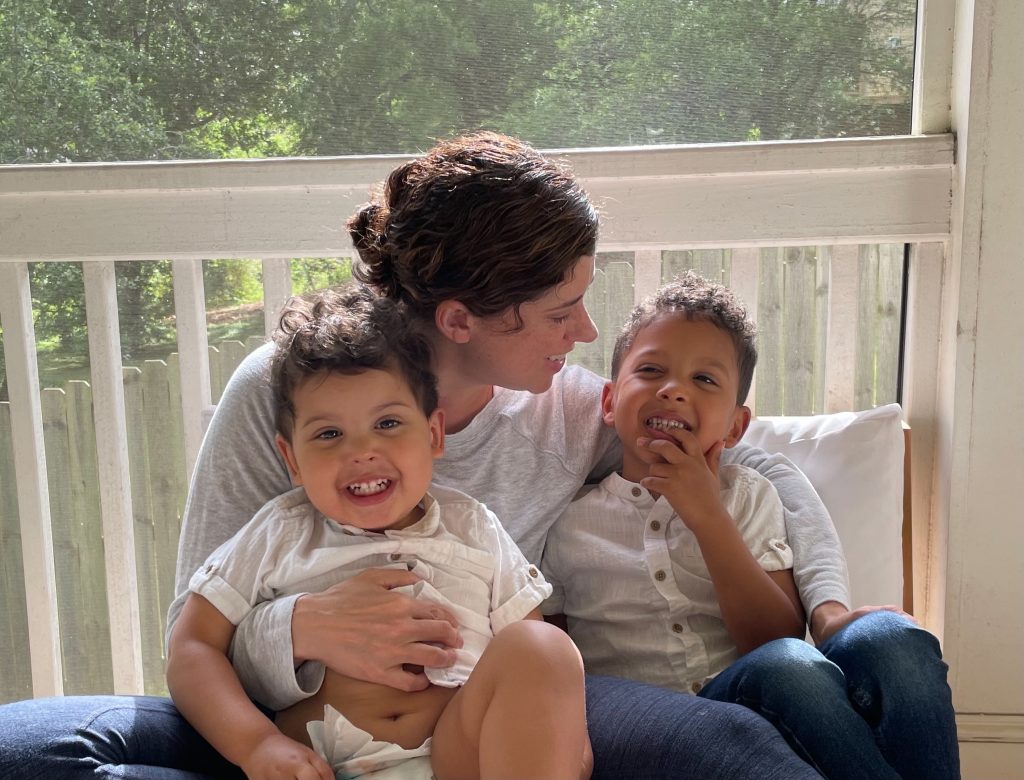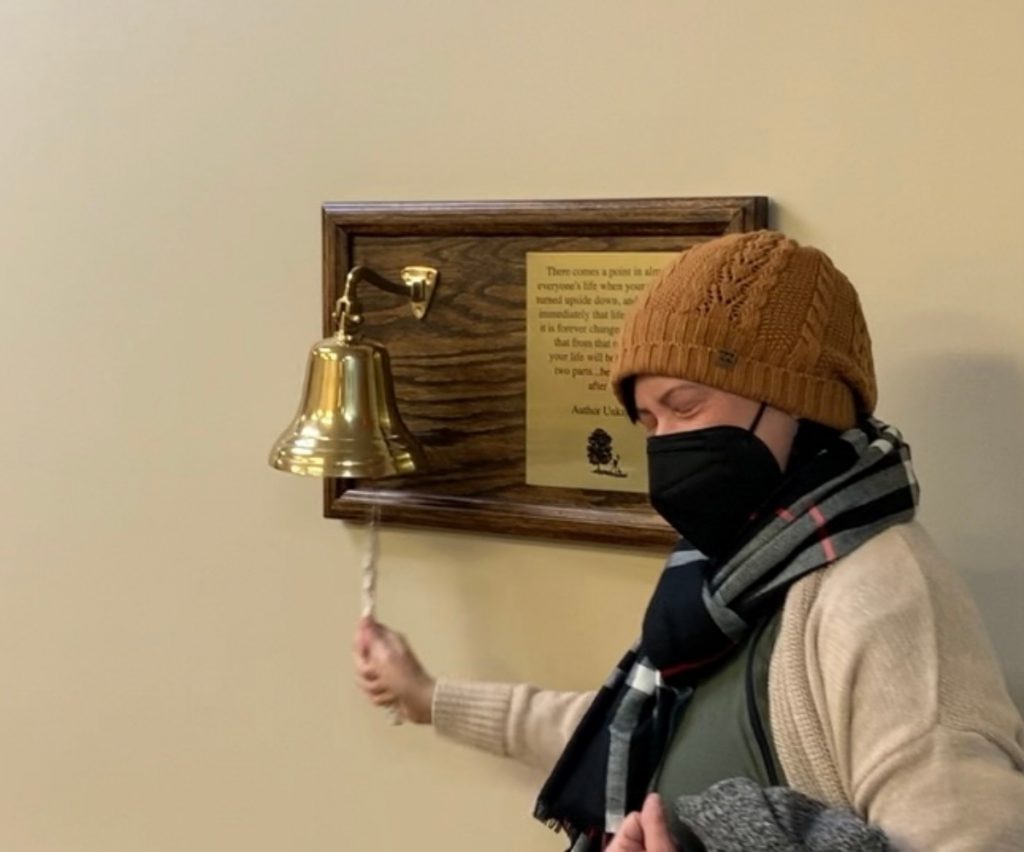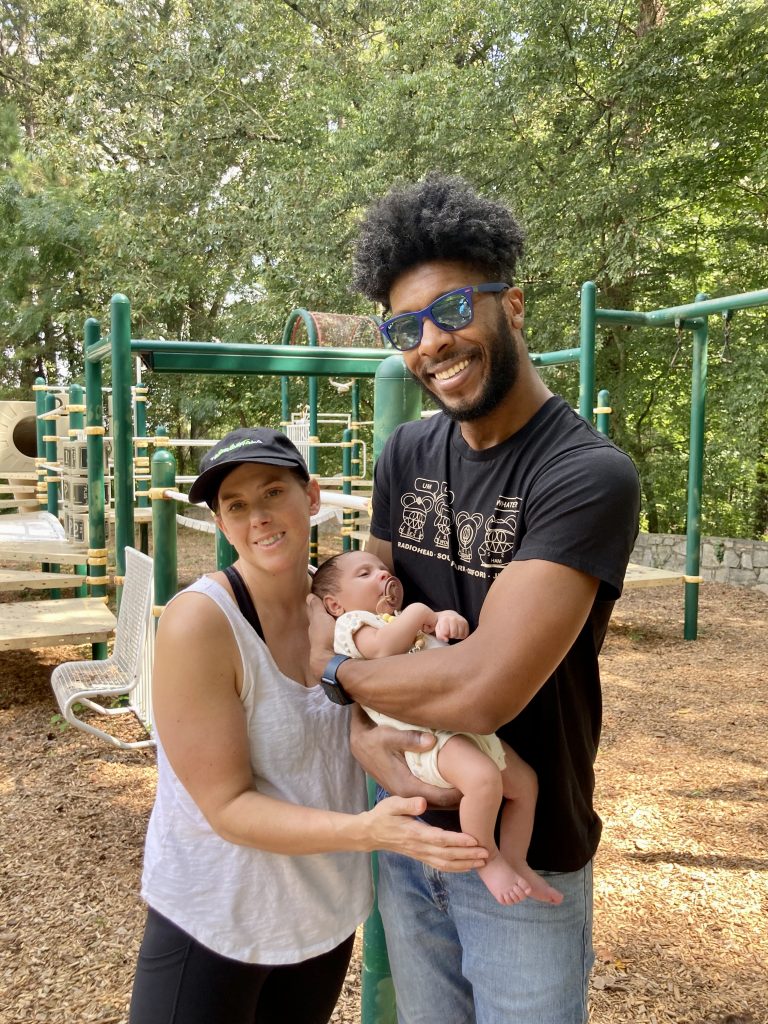What Do Insurance Changes Mean for Breast Cancer Survivors?
- A change to how Medicaid and Medicare classify a popular breast cancer reconstruction surgery could make the procedure too expensive or unavailable to a huge amount of patients, leaving them unable to get the procedure of their choice.
- Advocates and survivors are pushing to ensure that women undergoing breast cancer surgery still have access to a reconstruction procedure known as DIEP (deep inferior epigastric perforators) flap reconstruction.
- DIEP flap reconstruction is considered the “gold standard” of breast reconstruction surgery, because it makes use of the patient’s own tissue.
- DIEP flap surgery is the most advanced form of breast reconstruction and is preferred by many women because it allows them to use their own transplanted tissue instead of an implant.
- Because of outcry from organizations and advocates, U.S. Centers for Medicare and Medicaid Service is reconsidering their change.
However, changes to how doctors bill for breast reconstruction surgeries could make this option unaffordable and out of reach for a lot of older patients and people with low incomes.
Read MoreCMS made adjustments for how doctors document and code the procedures they perform for you, which is called medical coding. This then informs how insurance – and you – are billed.
The change eliminates individual codes for different types of natural tissue breast reconstruction called free flaps. Instead, it puts all types of post-mastectomy reconstructions under a single code.
This change is expected to make a popular type of surgery called DIEP (deep inferior epigastric perforators) flap reconstruction out of reach for many patients. This is considered the “gold standard” of breast reconstruction surgery and is unfortunately a more expensive option because of the expertise needed.
“With all free flaps under one code, providers can only bill insurance at the rate for the less expensive surgery, leaving the question of who will pay the difference,” explains the advocacy group The Breasties.
Dr. Andrea Pusic explains the reconstruction options after a mastectomy.
So while Medicare or Medicaid patients may have had this procedure covered in the past, this change is expected to lead to significantly higher out-of-pocket costs for DIEP flap reconstruction.
The change is scheduled to take full effect by the end of 2024, and some insurance companies have already started implementing it.
This CMS change would disproportionately affect vulnerable patient populations on Medicare and Medicaid. For those already struggling to meet their basic living expenses, they may no longer be able to afford the reconstruction surgery they want – leaving them with fewer and less desired options.
Plus, advocates are worried that commercial insurers will follow suit of the CMS and that patients not under Medicaid or Medicare would face the same change.
The Breasties organization works to support and improve the experiences of people with breast and gynecologic cancer through peer-to-peer connection, resources and advocacy.
Co-founder Paige Moore says that for people who prefer DIEP flap reconstruction, “protecting access to breast reconstruction, and specifically the DIEP Flap, is particularly important” so they don’t have to have a procedure they didn’t want.
“By taking this away from those impacted by cancer, you are taking away life-affirming care,” Moore told SurvivorNet.
Because of the payment disparity between DIEP and less advanced reconstruction procedures, some surgeons have already stopped offering DIEP.
"What this means for patients is that you are going to have a much harder time finding a surgeon in your community who is willing and able to perform these advanced surgical techniques," explains Dr. Elisabeth Potter, a board-certified micro-surgeon in Austin, Texas, who specializes in DIEP flap surgery.
Dr. Potter, who has her own practice and completed her fellowship at MD Anderson Cancer Center, is co-founder of the Community Breast Reconstruction Alliance (CBRA), a nonprofit advocacy organization created to protect access to DIEP flap and other types of breast reconstruction surgery.
"It's just too expensive to perform for the CMS' proposed reimbursement change," Dr. Potter tells SurvivorNet.

After The Breasties, CBRA and other advocates spoke out against CMS’ change and raised awareness about the critical issue, CMS said it is re-examining the policy change and the implications it may have for patients.
“We have subsequently received correspondence from multiple parties that there are significant transition complexities and the transition may be affecting access to care,” CMS said in a statement.
What Is Medicare & Medicaid?
Medicare is federal health insurance for people 65 or older, and some folks under 65 with certain disabilities or conditions. The CMS runs Medicare. As a federal program, Medicare has set standards for costs and coverage. This means your Medicare coverage will be the same no matter what state you live in.
Medicare-related bills are paid from two trust funds held by the U.S. Treasury. Different sources (including payroll taxes and funds that Congress authorizes) pay into the trust funds. People with Medicare pay part of the costs through things like monthly premiums for medical and drug coverage, deductibles and co-insurance.
For more information, visit Medicare’s website.
Medicaid is a joint federal and state program that helps cover medical costs for some people who have limited income and resources. The Medicaid program covers one in five Americans.
The federal government has general rules that all state Medicaid programs must follow, but each state runs its own program. This means your eligibility requirement and benefits can vary from state to state.
Find out if you qualify in your state by checking Medicaid’s resources.
What Is Medical Coding?
The job of medical coding is to transform your healthcare diagnosis, procedures, medical services, and equipment into universal medical categories. It uses a combination of letter and numbers called "alphanumerical" codes. These codes are drawn from your medical record documents, such as the transcription of your healthcare provider's notes, or laboratory and radiologic test results.
Medical coding happens every time you see your doctor. That documentation is not only your ongoing record, it's how the healthcare provider gets paid.
There are medical coding professionals who are supposed to help to ensure that your codes are applied correctly when your insurance company is billed. Your insurer is the one who decides how much they pay for the service, and how much you pay.
How Does the New Coding Change Breast Reconstruction Options?
The change in medical coding is expected to make the DIEP flap breast reconstruction surgery cost more out-of-pocket.
Until recently, DIEP flap reconstructions and other reconstruction procedures each had unique procedure codes. But in 2019, CMS decided to combine all flap breast reconstruction procedures together under one code and to phase out the unique codes for individual flap procedures by Dec. 31, 2024.
DIEP flap has been covered by most commercial health insurance companies since 2007, but this change means it wouldn’t have a unique code anymore, making it impossible for many plastic surgeons to bill insurance companies at a rate that covers all their costs.
And as stated above, this leaves the question of who will pay for the difference. Advocates worry it will fall on patients.
What Is Breast Reconstruction Surgery?
A mastectomy is surgery to remove all breast tissue as a way to treat or prevent breast cancer. Afterward, some women may choose to reconstruct their breasts, though some may choose not to have this procedure.
This is usually a highly emotional time for a cancer patient and making the decision that feels right is deeply personal.
There are several types of breast reconstruction. Some techniques use implants. Others use tissue from your own body to form a breast.
Breast reconstruction can happen right after a mastectomy or much later.
Dr. Elisa Port explains what happens during a mastectomy and reconstruction.
Advocates insist that the procedure of your choice should not involve having to consider costs. The Women's Health and Cancer Rights Act of 1998 (WHCRA), also known as Janet's Law, is a federal law that provides protection to patients who choose to have breast reconstruction in connection with a mastectomy.
What Is DIEP Flap Surgery?
Considered the "Gold Standard" of breast reconstruction surgery, the DIEP (deep inferior epigastric perforators) flap uses the skin and fat from a patient's belly. It's the same tissue that might be removed during surgery if you were having a tummy tuck.
But instead of discarding that tissue, the surgeon carefully dissects out the blood vessels that supply it.
"We use that tissue instead of an implant to recreate a breast that will last a lifetime and that does not involve any foreign bodies," Dr. Potter told SurvivorNet.
DIEP flap surgery is the most advanced form of breast reconstruction and is preferred by many women because it allows them to use their own transplanted tissue instead of an implant. It also doesn't involve moving or cutting muscle, and it has a faster recovery time and a lower risk of long-term complications than its predecessor, TRAM flap surgery.
What Is TRAM Flap Surgery?
Although TRAM (transverse rectus abdominis) flap surgery is still used, it is an older, less advanced and less common procedure that is associated with more long-term complications. It is also about 70% to 90% less expensive to perform than the more advanced DIEP flap surgery.
What About Implants?
Some women may choose to use implants for their reconstruction, which can be filled with saline or made of silicone.
If you've elected to have implant reconstruction following a mastectomy, there are two options for the procedure: using a breast tissue expander which is a two-step process, or direct-to-implant reconstruction which is completed at the same time as the mastectomy.
With the tissue expander implant reconstruction, an expander is put in between the skin and chest muscle at the same time as the mastectomy surgery or afterward, if you're choosing delayed reconstruction.
WATCH: Implant Reconstruction After a Mastectomy
The expander has a small valve that will be filled gradually over time with saline every one to two weeks, stretching the skin until the area is ready for the permanent implant.
Only a minority of women are great candidates for direct-to-implant reconstruction, Dr. Andrea Pusic, Chief of Plastic and Reconstructive Surgery at Brigham and Women's Hospital, previously told SurvivorNet. That's because it's best for women with small breasts and/or women who are having no skin removed and preserving the nipple and areola.
Women who are able to get this option can go home from a mastectomy with their breasts reconstructed.
Jamie Cooper's Story
When 40-year-old Jamie Cooper, a metro Atlanta mother of two, was diagnosed in 2022 with invasive breast cancer and learned she needed a mastectomy, she spent hours researching options for breast reconstruction. Jamie decided she wanted the reconstruction method that uses her own tissue, leading to more natural, permanent results and fewer side effects.

After consulting a surgeon, Jamie was assured that she is an excellent candidate for the surgery. When she recently learned that access to the DIEP flap may be limited, it compounded her worries about an already-difficult cancer treatment plan.
By the time she is able to undergo a DIEP flap procedure, it will be more than a year from now. By then, she fears her insurer will join others planning to end coverage under the current billing code for DIEP.

"The difference between the less advanced TRAM flap and the DIEP flap, which I want, is going to be around "$50,000 out-of-pocket, or more," Cooper told SurvivorNet. "So even though the surgery will be available, that's not an expense my family can afford."
Jamie's worry, unfortunately, is one shared by many women in treatment for breast cancer.

How Can You Get Help Paying for Your Cancer Treatment?
Having a diagnosis of breast cancer, planning a treatment that involves a mastectomy and follow-up procedures like reconstruction, is emotionally and physically difficult. If you don't have the financial means to pay for treatments and procedures, the road is made even more burdensome.
Here's where you can look for help:
Federal and state programs provide financial benefits to individuals and families. These benefits, known as entitlements, are primarily set up for low-income households, older adults and the disabled. Each entitlement has eligibility requirements. There are also programs administered through state governments that can help with healthcare-related needs. Government assistance programs include:
- U.S. Department of Health & Human Services
- U.S. Administration on Aging
- Tax Assistance You can get help with your taxes, but there's a caveat. You must be diagnosed with cancer within two years before filing your taxes to qualify and file your return by April 15th. Cancer patients eligible for the federal income tax credit save thousands of dollars off their medical bills by filing jointly with their spouses.
Here are some examples of other programs and organizations that may be able to help with bills associated with cancer treatment:
For Help With Bills
- The Cancer Financial Assistance Coalition can direct patients and their families to available local services.
- Many treatment centers offer extended payment plans and some may offer temporary payment delays, according to the American Cancer Society.
- CancerCare, which connects patients with oncology social workers, may be able to assist with co-pays, transportation, and other costs associated with care.
- The HealthWell Foundation may be able to help uninsured patients pay for treatment.
- The American Cancer Society may be able to link patients and their families up with local resources (they offer a 24/7 helpline).
- The Patient Advocate Foundation (PAF) works with patients and their insurance companies to resolve issues and may provide direct financial support to some patients.
- The Patient Access Network Foundation may be able to help with out-of-pocket costs associated with cancer treatment.
Learn more about SurvivorNet's rigorous medical review process.

